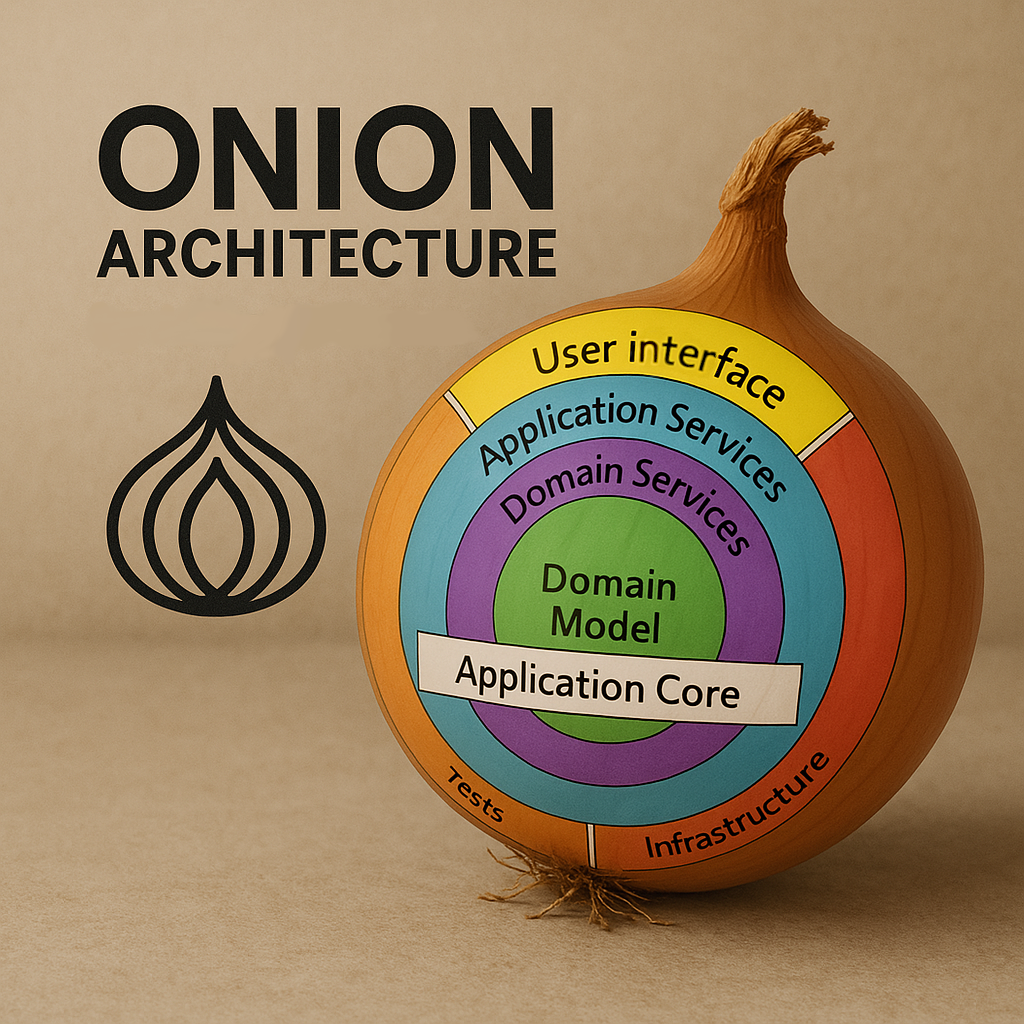Package Exports
This package does not declare an exports field, so the exports above have been automatically detected and optimized by JSPM instead. If any package subpath is missing, it is recommended to post an issue to the original package (onion-initialzr) to support the "exports" field. If that is not possible, create a JSPM override to customize the exports field for this package.
Readme
Onion Initialzr for Frontend

Generate an Onion Architecture structure with entities, services, and even a frontend framework — all from a simple CLI. Alternativly you can use the Website
Features
- Onion Architecture folder structure
- Entity and service generators
- Repository interface and implementation scaffolding
- Prettier + ESLint auto-config
- Frontend setup with Lit, React, Angular, Vue, or Vanilla
- Dependency injection via Awilix or Angular for Angular-Frontend
- Scan current project and generate Overview like on the website
- Upload your own project file & validate
Website
Install locally
npm install onion-initializrUsage
Run via CLI prompts:
onion
You’ll be asked for all relevant inputs: entities, services, dependencies, and UI framework.
Or run via JSON config:
onion --config myConfig.jsonRun the command in the same directory as your myConfig.json, or provide an absolute path.
Example myConfig.json
When defining services, you must include an empty dependency array if there are no dependencies (e.g., "UserService": []).
{
"folderPath": "./react-app",
"entities": ["User", "Order", "Product"],
"domainServices": [
"UserService",
"OrderService",
"ProductService",
"PaymentService"
],
"applicationServices": ["UserAppService"],
"domainServiceConnections": {
"OrderService": ["Order", "User"],
"UserService": []
},
"applicationServiceDependencies": {
"UserAppService": {
"domainServices": ["UserService"],
"repositories": ["IUserRepository"]
}
},
"uiFramework": "react",
"_chooseFromThese": ["react", "angular", "vue", "lit", "vanilla"]
}Note: You can also put the absolute Path (e.g. "/Users/YOURNAME/Desktop/generatedOnions/react-app").
Which frameworks are supported?
Use uiFramework in your config.
- Lit (Vite + TypeScript)
- React (Vite + TypeScript)
- Vue (Vite + TypeScript)
- Angular (Angular CLI)
- vanilla
Which DI-Frameworks are supported?
Use diFramework in your config.
- Awilix
- Angular
Output Structure
The generator creates a layered folder structure like this:
|-- src
| |-- Application
| | |-- Services/
| |-- Domain
| | |-- Entities/
| | |-- Services/
| |-- Infrastructure
| | |-- Config/
| | | |-- awilix.config.json
| | |-- Interfaces/
| | |-- Presentation/
| | |-- Repository/
|-- package.jsonScan
You can also add Entities, Domain Services and Application Services in your Code Editor and later generate JSON Config.
onion --scan .\react\ reactConfig.jsonThe first Parameter ".\react" references the project, the JSON should be generated for. The second Parameter "reactConfig.json" is the Name of the JSON File.
The Scan works well when: The project was generated by this CLI Folder names match: Domain, Application, Infrastructure Entities, services, and repositories are not renamed Frontend is located under Infrastructure/Presentation AppService constructor uses 'private readonly' injection
Development
After making changes and want to work on the CLI, run:
npm run linkWhen you work with WebApp, run
npm run dev